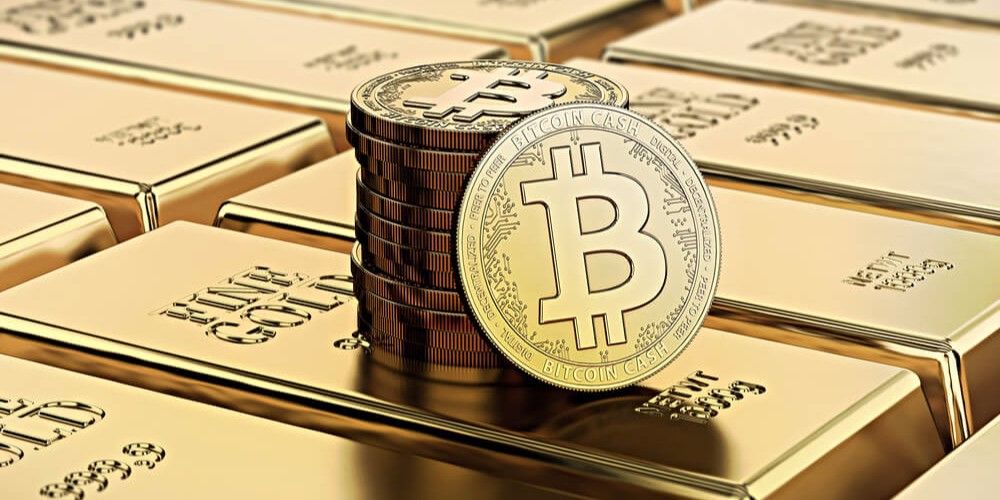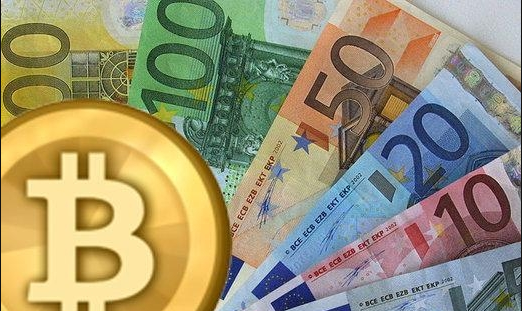The macro economy basically faces the potential impact of bitcoin prices

Beginning in 2018, institutional funding began to enter the cryptocurrency field at an increasing rate, and Coinbase's CEO recently confirmed this. However, the key to maintaining optimism in the industry is to understand whether these capital inflows will continue in the short to medium term and what are the main reasons for the inflow of funds.
There are many reasons for this. One of them is that investors believe that Bitcoin is a digital version of gold and the reason why the entire encryption industry is worth investing.
Encrypting assets is a good investment opportunity, but this does not necessarily mean that investors will buy it, there must be a catalyst to push funds into such assets.
- Trading Robot for Encrypted Assets: How to Understand? How to choose?
- Report | 2018-2019 China Blockchain Business Environment Assessment Annual Report
- Mutual Gold Association opens a special seminar to push the blockchain + supply chain financial application
Well, we must understand why the large amount of money that is about to undergo the transformation of the investment paradigm defined by Ray Dalio will inevitably flow to the precious metals and the cryptocurrency industry that I believe.

This is not a "predict" – no one has a crystal ball, most of the time, this is just a matter of luck, and a good time to make a correct or mispredicted. This is based on an analysis of the macroeconomic environment that drives funds into certain assets and then outflows from other assets. Many observers, analysts and professional investors are betting that the Fed will cut interest rates as the recession is approaching. I don't know if the recession will come. No one knows for sure, this is just a guess. In the medium term, there are some real and more urgent macroeconomic reasons that will push the US to cut interest rates and invest institutional funds in investment areas such as gold and cryptocurrencies.
In short, there are significant liquidity problems in the US dollar, and a small number of small-scale macro investor circles are also discussing this issue, including Jeffrey Snider of Alhambra Partners, Luke Gromen of Macrovoice, and Erik Townsend. Luke Gromen clarified the reasons for the liquidity shortage in the US dollar and its consequences. I summarize the points as follows:
(1) Since March 20, 2019, the effective federal funds rate (EFFR, the actual market interest rate of bank interbank lending) has remained above the excess reserve rate (IOER, their deposits at the Federal Reserve are higher than bank regulatory requirements) That part of the interest paid to the bank), this should not happen, this is a sign that the Fed lost control of the currency price.
(2) Although there are many unanimous factors and there are many possible explanations and proposed solutions, this is actually a sign of the lack of liquidity of the US dollar. It is likely that the bank's assets and liabilities are insufficient. Why is this happening? One of the main reasons is that primary dealers have been financing US Treasury bonds at ever-increasing interest rates (such as buying US Treasury bonds), which has led to price increases so much that the latest data points to three banks. . Banks such as Citibank, JPMorgan and Bank of America hold 25% of US Treasury bonds issued in 2018. The result may be that the EFFR is still higher than the IOER because the Bank of America is being overwhelmed by US debt and there is no liquidity left.
This further suggests that without the Fed's intervention, the US private sector's ability to finance US deficits is running out, and the Fed's intervention is aimed at restoring the necessary asset-liability and liquidity.
(3) Therefore, the more critical and pressing issue is not the economic situation and possible recession, but the dollar liquidity crisis triggered by the US fiscal problem, which needs to be resolved. If foreigners (mainly China) slow down the pace of buying US Treasury bonds, and the potential of the US private sector is running out, then the Fed is obliged to step in and restart “printing money”, perhaps to implement unrestricted quantitative easing. .
The results of the above development are as follows:
(1) The Fed has no way to go. The US stock market basically represents the entire US economy because it represents 153% of GDP. Even a modest recession and a decline in the market value of the US stock market mean that the US government may start to default on its debts or have to cut military spending and other key expenses.
(2) Therefore, the Fed had to cut interest rates and resume large-scale printing. But unlike in 2008, when people thought this action was temporary, we certainly wouldn't. Inflation and legal currency depreciation are becoming a permanent practice, and as before, it will be global. In addition, Japan and China continue to do so, and the European Central Bank is doing the same.
(3) Germany recently announced that it is ready to run into deficits if necessary.
Trump puts pressure on the Fed, and all of our most important indicators can only be firmly pointed to one direction: more global currency printing is coming, which will bring more statutory currency depreciation and more real asset price inflation. .
In this case, the winner will be the risky, precious metals and cryptocurrency industries, and Bitcoin will be the main beneficiary. But it’s hard to guess when it’s happening.
But regardless of timing, the above macroeconomic fundamentals are the most powerful catalysts that will drive large amounts of money to precious metals and cryptocurrencies for the foreseeable future.
Source: Hackernoon
Author: andrea bianconi
Translation: Bitker Institute
Website: https://hackernoon.com/follow-the-money-buy-bitcoin-and-gold-pw33r2h4f
Disclaimer: This article was compiled by Bitker Research Institute. The Bitker Institute focuses on theoretical exploration, technology development, and secondary market analysis in the blockchain industry.
We will continue to update Blocking; if you have any questions or suggestions, please contact us!
Was this article helpful?
93 out of 132 found this helpful
Related articles
- Twitter Featured | Ruibo CEO: We are setting industry standards, XRP inflation rate is much lower than BTC, ETH
- Is CSW penalized 550,000 BTCs, is this important?
- The central bank’s digital currency is gradually clearing, and Shenzhen will become an innovative experimental field.
- Who is Bitcoin and Ethereum who died first? V gods and Bitcoiner have a confrontation debate
- Bitcoin’s average cost of holding money has reached a new high, and the market value has exceeded 100 billion US dollars for the first time.
- TSMC is charged with multiple infringements or affecting 7nm mining capacity
- Market analysis: disk fluctuations continue to shrink, and risk should be avoided at critical moments





